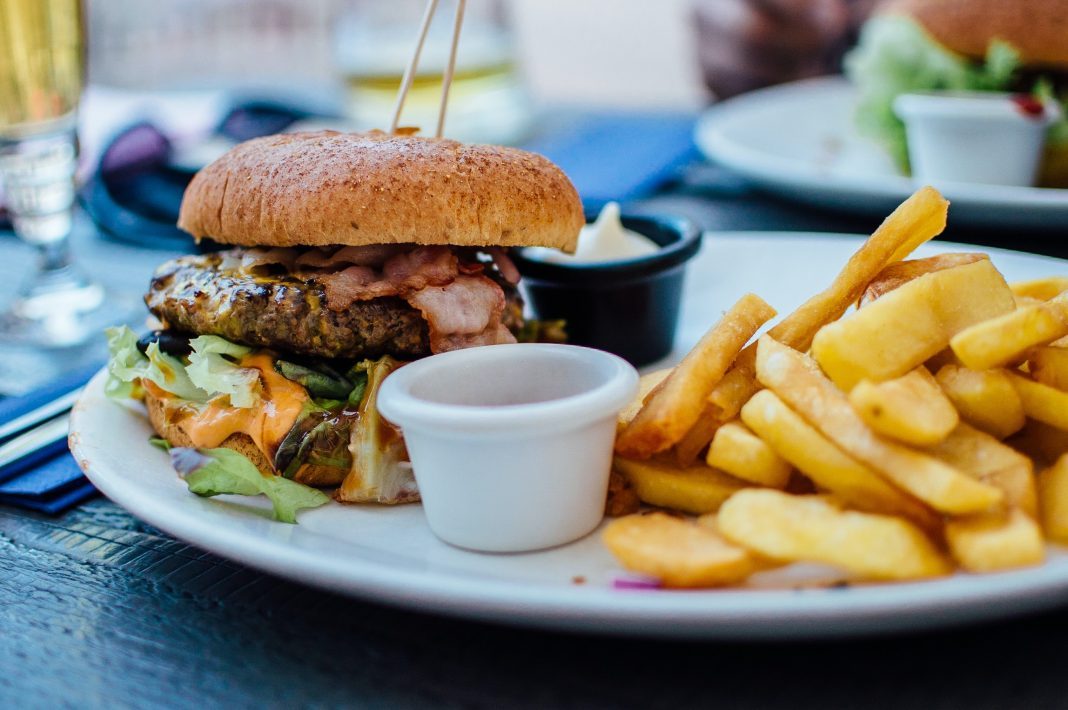A study in mice explores how diet and feeding patterns affect the gut microbiome and the health of the hosts—particularly with respect to obesity and type 2 diabetes. The findings suggest that the amount of food that the animals ate, and when, altered the nature of their gut microbiome. Too much food, too frequently, resulted in poorer microbial and metabolic health.
This work is published in Cell Reports, in the paper, “Diet and feeding pattern modulate diurnal dynamics of the ileal microbiome and transcriptome.”
“It’s important to realize that the gut microbiome is constantly changing, not only based on what we’re eating, but also based on the time of day,” said Amir Zarrinpar, MD, PhD, assistant professor of medicine at UC San Diego School of Medicine.
In the ileum, nutrients are drawn out of liquefied food. In the cecum, which also marks the beginning of the colon, the process of extracting water begins. Both processes are complex, dynamic, and influenced by factors ranging from the types of foods consumed and when, to the microbial residents of the gut—whose presence and behaviors help dictate digestion, absorption of nutrients, vitamin synthesis and development of the immune system.
“Most researchers are getting snapshots of this constantly shifting environment, which makes it hard to understand what is going on in the gut,” notes Zarrinpar. “With this study, we are trying to get multiple snapshots throughout the day, almost like a movie, to better understand how food and the microbiome interact to affect weight gain and diabetes. And what we’ve learned is that cyclical changes in the gut microbiome are quite important for health since they help with the circadian clock, and with that the regulation and control of glucose, cholesterol and fatty acids—and overall metabolic health.”
Compositional oscillations of the gut microbiome, the authors note, are essential for normal peripheral circadian rhythms—both of which are disrupted in diet-induced obesity (DIO). The DIO model, when conventionally raised mice are given free access to a high-fat diet (HFD), is used to study obesity. In contrast, the time-restricted feeding (TRF) model restricts food consumption to a window of 8–10 h during the dark—the active period in mice. Although TRF maintains circadian synchrony and protects against DIO, its impact on the dynamics of the cecal gut microbiome is modest.
The authors hypothesized that other regions of the gut, with a focus on the ileum, may play an important role in entraining peripheral circadian rhythms. They looked at how DIO and TRF alter ileal microbiome composition and transcriptome in mouse models.
In mouse models, DIO and the absence of TRF (mice could eat as much as they wanted whenever they wanted) resulted in disruptions to gut microbiome rhythms and the signaling pathways that help modulate intestinal clocks. The dynamic rhythms of ileal microbiome composition and transcriptome are dampened in DIO. And, the mice became fat and unhealthy.
“It is interesting that restricting food access with TRF acts not only through restoration of patterns affected under the unhealthy state, but also through new pathways,” Ana Carolina Dantas Machado, PhD, a postdoctoral scholar in Zarrinpar’s lab.
More specifically, the team found that “TRF partially restores diurnal rhythms of the ileal microbiome and transcriptome, increases GLP-1 release, and alters the ileal bile acid pool and farnesoid X receptor (FXR) signaling, which could explain how TRF exerts its metabolic benefits.”
“These findings underscore the influence of diet and time restricted feeding patterns in maintaining a healthy gut microbiome, which in turn modulates circadian rhythms that govern metabolic health,” said Zarrinpar. “It’s a very complicated relationship between the microbiome and the host, with the former helping determine the latter’s gastrointestinal functioning and health.”
Their work, said the authors, can inform future studies, in particular investigations of how the gut works or how drugs act upon the gut function depending upon the state of the microbiome at a particular time or time of day.




